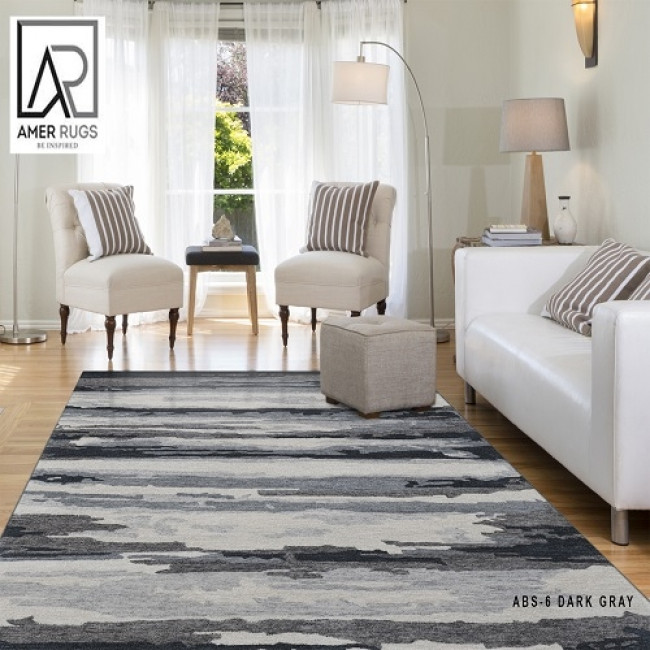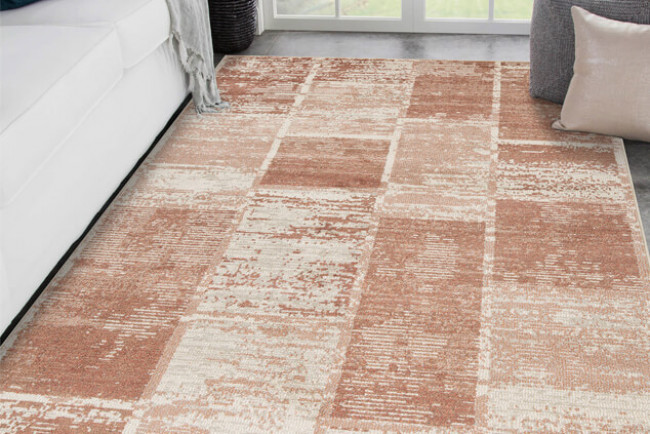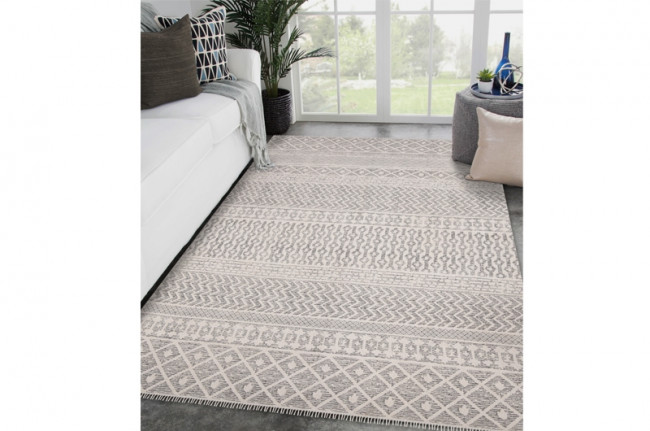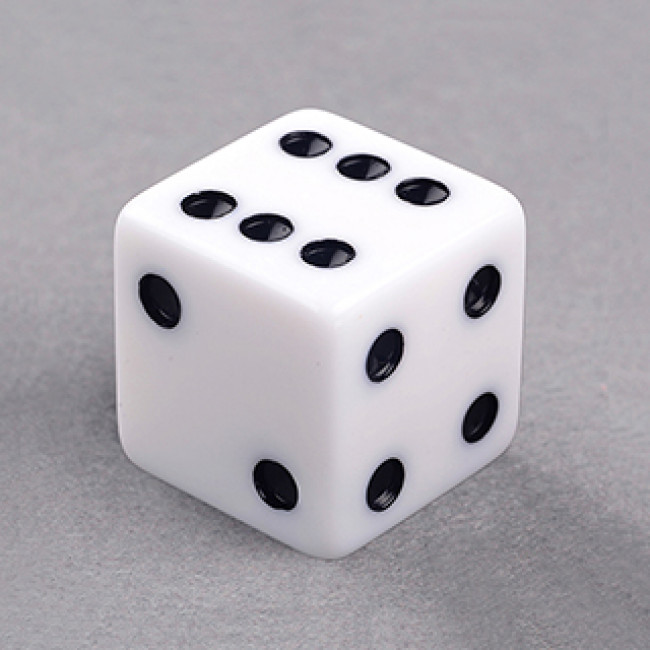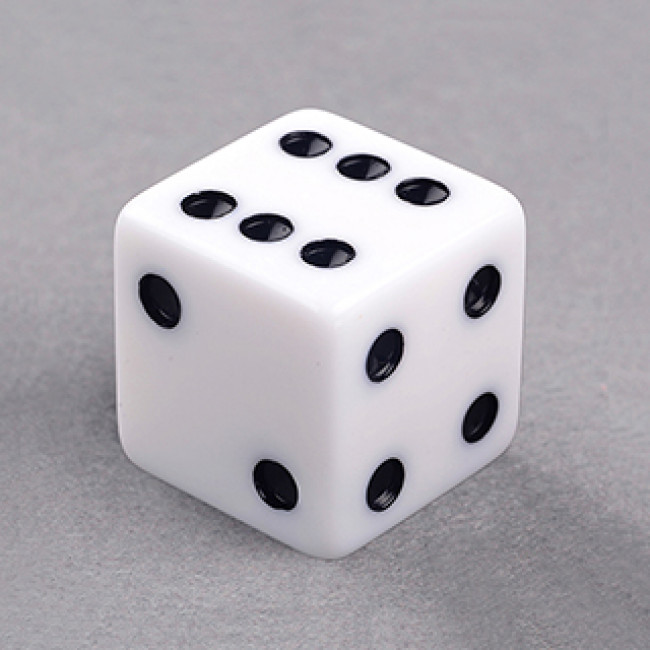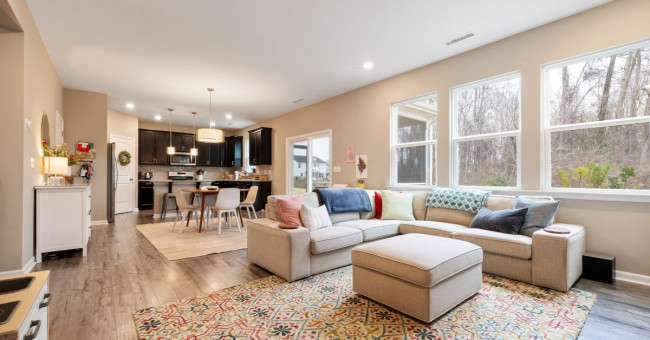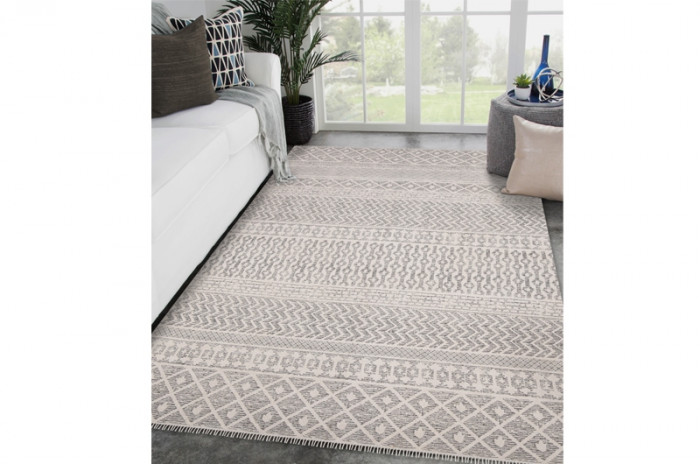
Amer Rugs
Among the most innovative and functional approaches to adding style and flair to a living space is rug layering. Thin, lightweight, and versatile in design, flat weave rugs are perfect for layering. Great for adding texture and dimension in any room to create that cozy atmosphere, sectioning, or sprucing up, mastering the art of rug layering will undoubtedly add that sense of esthetic completeness to your home. In this article, we bring you the magic of layering flat weave rugs with some worthy tips on color, pattern, and size selection that guarantee stylish and functional results.
Why Layer Flat Weave Rugs?
The flat weave style of a rug works just perfectly for layering, as it is very thin, so there will be no bulk or tripping. They come in such a wide range of patterns, colors, and materials that you can mix and match for a look that's going to complement your decor.
Not only do flat weave rugs serve as a design element within a space, but they are super practical in their use. They are easy to clean, super durable, and can be moved or turned in another direction without too much difficulty — perfect for high-traffic spaces or ones where you want to mix things up now and again.
How to Layer Flat Weave Rugs
1. Start with a Neutral Base
When layering flat weaves, it's often best to start with that neutral base rug; a great example would be a common larger solid colored rug covering a big portion of the floor area. This acts as a base for the rest of the rugs and really helps to ground the space. Choose one in a color that pairs well with your room's decor, such as beige, gray, or ivory.
After you have that in place, then the next steps are to add layers of more colorful or patterned flat weave rugs to your neutral base. The contrast between your neutral base and the layering of bright rugs is richly decorative and visually stimulating but doesn't overcrowd any space.
2. Play with Patterns and Colors
What I find really interesting about layering flat weave rugs is playing with patterns and color. Don't be afraid to mix and match different designs for a dynamic and interesting look. Take the instance where you can pair a bold, geometrically patterned rug with a subtle, striped rug. You can pair a floral design with a solid-colored rug to add texture and depth.
Mixing patterns should try to communicate coherence in the color schemes. For instance, in layering several rugs that are of different themes or designs, it would be best to pick up a rug where its colors were derived from or at least have the same tones. In this manner have a uniformed scheme but with a difference in detail, where each rug has an opportunity to make its statement.
3. Vary the Sizes
For a balanced layered look, it is necessary that your flat weave rugs come in different sizes. A big rug is first put at the base, so you create a layering effect by adding rugs progressively smaller than the others on top of this big one. The idea behind the layering is that each rug is only a little visible; meaning that there is no fully covered rug under the top one.
For instance, you would lay down a huge neutral-colored rug to start, then perhaps a patterned one a bit smaller, and then maybe another small accent-type rug on top of those. All the varying sizes create this kind of fan-out, layered effect that helps to create some dimension in the space. Pay attention to the layout and ensure that the rugs are placed so that it feels like there is a rhyme and reason.
Although flat weave rugs are deceptively thin and light compared to the actual thickness and weight of the rug, they can be composed of different textures and materials. For example, you might layer a smooth, cotton flat weave rug with one that's flat weave but of jute or a wool that's a little bit rougher. The textural contrast will make the space feel deeper, enhancing its invitational level.
In addition to texture, there is also the material that has to be considered when laying rugs. Natural materials like wool, cotton, and jute are best suited for flat weave rugs as they are very durable and therefore can be walked on with bare feet comfortably. For better effect, you can mix materials to add to both the look and feel of a space; for example,
4. Layering to Delineate Space
Using flat weave rugs on top of each other is an elegant idea. One can use layered rugs to create different areas in a room and visibly take into account how they are set apart from others when it comes to open-concept spaces. For instance, you may have a large flat weave rug under the dining table while layering a smaller rug in the living area; this creates separation while managing to bring a complete look to both spaces.
You can even use layered rugs to create an outline for certain spaces, such as a reading nook or even a seating area. This works especially well by layering rugs in only those spots, drawing out that particular space in your room in big and small rooms, and creates a warm environment .
Final Thoughts on Layering Flat Weave Rugs
The layering of flat weave rugs is so fluid that it proves to be a creative tool in the decoration of your home. With your careful consideration of color, pattern, size, texture, and material, you can gain a stylish and functional décor that brings liveliness and character to the space. Whether wanting to bring some drama into the room or just a little warmth and coziness into the atmosphere, layering of flat weave rugs will help out in the effect you long for.
Add an Amer Rugs flat weave to layer your room. The styles are many, the colors are bountiful, and the materials are perfect to find those perfect pieces to lift your insides in your room. Do it and just have a good time playing with some funky flat weaves to create an amazing and functionally stylish room!

